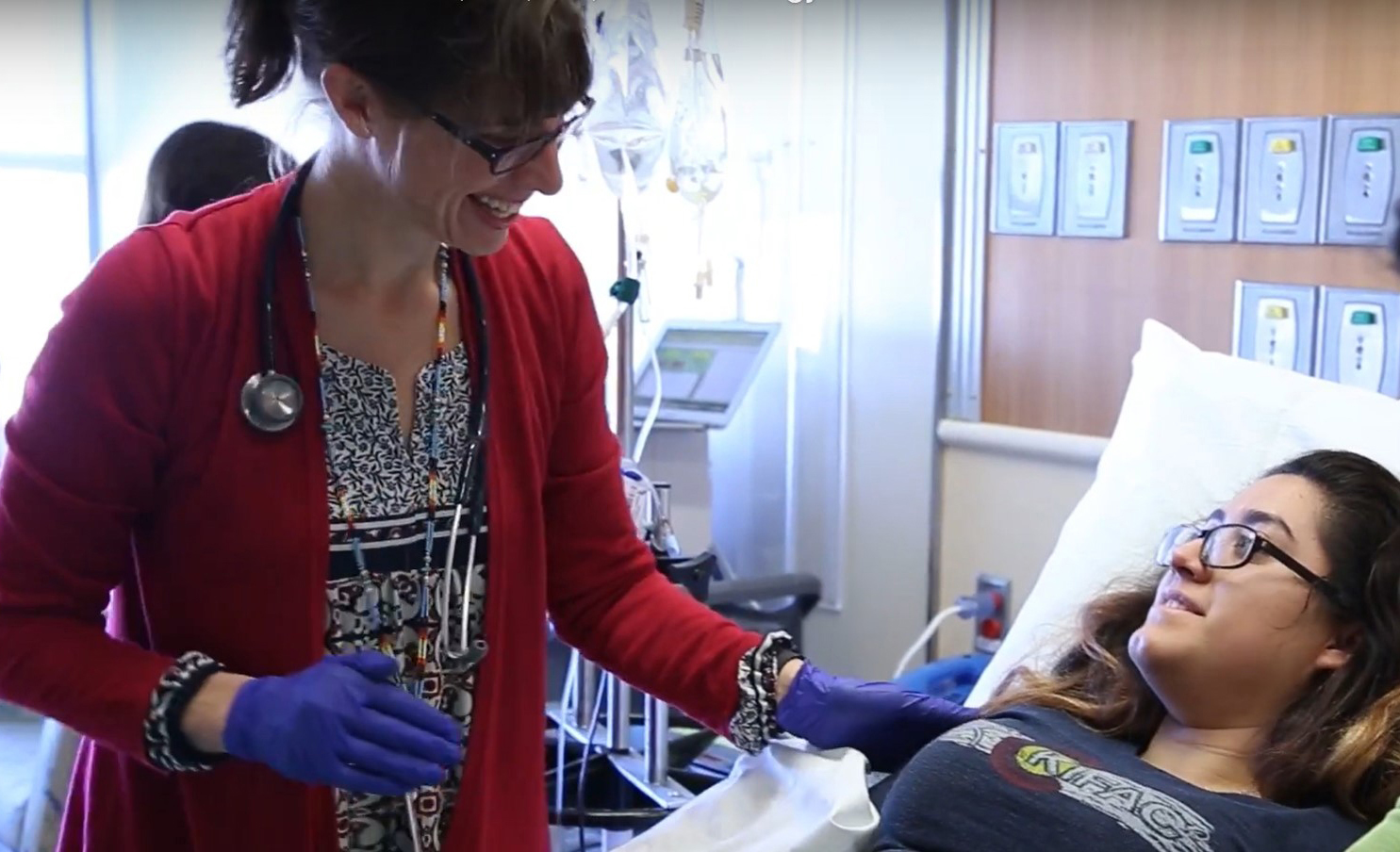In a grim revelation, the U.S. Centers for Disease Control and Prevention (CDC) has disclosed that nearly 1 in 3 adolescents aged 12 to 17 are now living with prediabetes. This alarming statistic marks a significant leap from previous estimates, raising urgent questions about the health of our youth and the integrity of federal health communications.
CDC"s Troubling Data Release
The CDC has reported that approximately 8.4 million American teens are now categorized as having prediabetes, up from an estimated 18% in earlier years. Experts have expressed deep concern regarding the methodology behind these findings, which has shifted without adequate explanation. According to Dr. Steven Kahn, a Seattle-based diabetes researcher, the lack of transparency surrounding the data raises serious doubts about its reliability. He commented on the CDC"s recent pattern of limited information dissemination, stating, "For any of the national health organizations now being decimated by firings and layoffs, I am going to be skeptical of data updates until there is transparency and clarity on the source of the data and analysis."
The Health Implications Are Dire
Prediabetes is not merely a benign condition; it serves as a critical precursor to Type 2 diabetes, heart disease, and other severe metabolic disorders. As reported by the CDC, the implications of unchecked prediabetes could lead to an epidemic of early-onset Type 2 diabetes in our youth. Dr. Samar Hafida from the American Diabetes Association articulates that while the CDC"s new estimate may appear inflated, it aligns with the troubling trends observed in younger populations. She emphasizes the urgent need for comprehensive healthcare strategies to tackle this growing crisis.

Two diabetes medications don"t slow progression of type 2 ...
Calls for Transparency and Accountability
The method by which the CDC arrived at its new estimate has been scrutinized. The analysis that produced the 33% figure relied on the National Health and Nutrition Examination Survey, yet the methodology was altered significantly, leading to confusion. The absence of a peer-reviewed publication detailing these findings further exacerbates concerns about the CDC"s credibility. As highlighted by Dr. Dana Dabelea, a pediatric diabetes researcher, the implications of these shifts in data reporting could hinder effective public health interventions. The lack of raw data for independent validation means that health policy decisions may be based on questionable information.
Socioeconomic Factors at Play
The rise in prediabetes is not an isolated phenomenon; it reflects broader social and economic disparities that contribute to health inequities. According to the CDC, obesity rates and prediabetes prevalence are disproportionately higher among marginalized communities. This underscores the urgent need for policies that address the social determinants of health, such as access to nutritious food, safe spaces for physical activity, and comprehensive healthcare. The current administration must prioritize these issues to ensure equitable health outcomes for all children.

CDC: American teens in mental health crisis | CNN
Urgent Need for Preventive Measures
Experts are calling for immediate action to screen adolescents for Type 2 diabetes beginning at age 10, especially those with obesity or other risk factors. The American Diabetes Association’s recommendations stress the importance of focusing on healthy diets and lifestyle changes as preventive measures. Yet, without systemic changes in health policy and greater investment in community health resources, these recommendations risk falling on deaf ears. The growing epidemic of prediabetes is a wake-up call that cannot be ignored. We must advocate for a public health strategy that encompasses not just treatment, but prevention and education to empower our youth.







